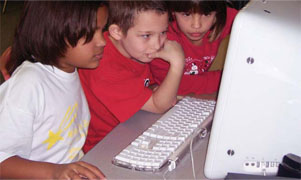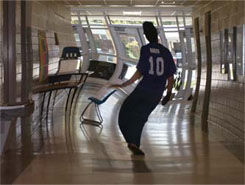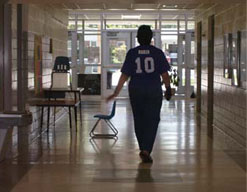Social Studying in the Heartland

Getting buy-in from phobic faculty
Lincoln Public School student teams develop a social studies project. Tim Hahn Lou Anne Miller


To combat technology resistance, IT staff at Nebraska’s Lincoln Public School District practice what they preach. “When I started, some teachers had the attitude, ‘We’re not doing this’ at the thought of using a computer, let alone a digital camera,” says technology integration specialist Lou Anne Miller. So Miller and other members of the district’s technology team went in and worked side-by-side with the teachers. “It’s real-time learning. I cooperatively teach with classroom teachers,” says Miller. “In other schools, computer classes are often a pull-out, like art, music, or PE. I actually teach the social studies curriculum with the teacher, but we’re using the technology to do it.”
Being able to provide teaching aids that make teachers’ jobs easier helps ease tech resistance too. A third-grade social studies project proves that rule. “We developed a visual aid based upon the city of Lincoln, NE. Other district teachers had taken pictures during their downtown Lincoln tour. We took those pictures and compiled them into a PowerPoint slideshow presentation. Teachers had a copy to use as a pre-assessment before the tour to show kids the places they would see and talk about the history. After the kids return from the tour, they use it as a post-assessment to prepare students for in-classroom CRT (Criteria Reference Testing).”


Lincoln District Technology Coordinator Tim Hahn explains the multiple goals. “The program really meets several different purposes; the professional-development need to get teachers up to speed and speaking the same language as their colleagues (as well as the kids) and helps meet the need of addressing technology skills in the 21century,” says Hahn. “It addresses literacies with students in context, rather than with a pull out method, where you’re teaching tech skills for the purpose of teaching tech skills—this adds context and that application layer to it.”
The results speak for themselves. “Teachers’ use of technology has increased threefold in the past four years,” says Miller. “We recently ordered several sets of Clickers, and teachers were fighting over them. Teachers are now clamoring to get trained so they can use technology in their classrooms.”
Tools and ideas to transform education. Sign up below.
